What Are Chill Hours for Fruit Trees? Understanding Chilling Hours and How They Affect Growth
When planning a home orchard or fruit garden, most fruit growers check their USDA growing zone to see which trees can survive their winters. But an equally important factor for fruit tree success is chill hours. Understanding this concept—and learning how to find chill hours by zip code—helps ensure strong blooms, consistent fruit set, and reliable harvests.

What Are Chill Hours for Fruit Trees?
They refer to the number of hours spent by fruit trees and other plants in temperatures between 32°F and 45°F during winter dormancy. These periods of cold weather help trees meet their average chilling hour requirement — the natural reset they need before spring growth begins.
Without adequate chill (for example, less than 300 chill hours in certain regions), trees may struggle with breaking dormancy, causing weak flower buds, delayed bloom, or reduced fruit crops. In short, chill hours determine whether your orchard wakes up at the right time and produces healthy fruit. Understanding your USDA hardiness zone can help you select varieties best suited to your local climate and chilling conditions.
What Does Chill Hours Mean for Fruit Trees?
In simple terms, what number of chill hours means for fruit trees is the time needed in cold temperatures—typically below 45 degrees Fahrenheit—to trigger internal processes that prepare the tree for flowering and fruiting. As trees accumulate these chill hours, they eventually reach their required chilling level and are ready to bloom once warmth returns.
If a tree experiences insufficient chilling, buds may open unevenly or fail to develop properly. This often happens when high-chill varieties are planted in mild-winter climates. In contrast, low-chill varieties perform better in warmer regions like Southern California or Florida.
How to Check Chill Hours by Zip Code
The best way to plan your orchard is to check chill hours by zip code. You can use the Mississippi State University Chill Hours Calculator, which estimates chill hour accumulation based on temperature data.
You can also contact your local weather station or agricultural extension office for chill unit data. Once you know your regional average, you can confidently select trees from Grow Organic’s fruit and nut tree collection that fit your climate.
For instance, gardeners in mild zones may choose apricots like Gold Kist or Katy, or pluots like Dapple Supreme. Those in cooler zones can grow apple or cherry trees that thrive on longer dormancy and higher chill requirements.
To learn more, explore our Organic Bare Root Fruit Trees Selection Guide and Bare Root Tree Selection Guide.

How Chill Hours Affect Fruit Tree Growth
The chill hours required vary by species. Peaches, nectarines, and plums depend on precise cold periods for proper bud and fruit development. See blueberry chill hour insights to understand how this concept applies to other crops.
Too few chill hours lead to insufficient chilling, poor flowering, and reduced yield. However, trees don’t suffer from “too many” hours—they simply stay dormant until warmth signals growth.
Recommended Fruit Trees by Chill Requirement
- Low chill (under 300 hours): Figs, Pomegranates, Persimmons, Apriums
- Moderate chill (300–700 hours): Peaches, Plums, Nectarines
- High chill hour (over 700 hours): Apples, Pears, and Cherries
Choosing varieties suited to your required chill hours ensures vigorous growth and dependable harvests year after year.
Conclusion
By understanding what does chill hours mean for fruit trees and learning how to check chill hours by zip code, fruit growers can select trees suited to their region, prevent insufficient chilling, and enjoy abundant harvests every year.
Explore fruit and nut trees for sale to find the best match for your local chill hours.




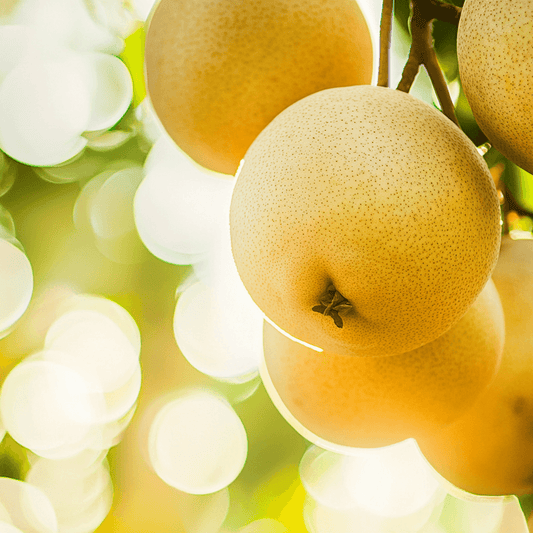



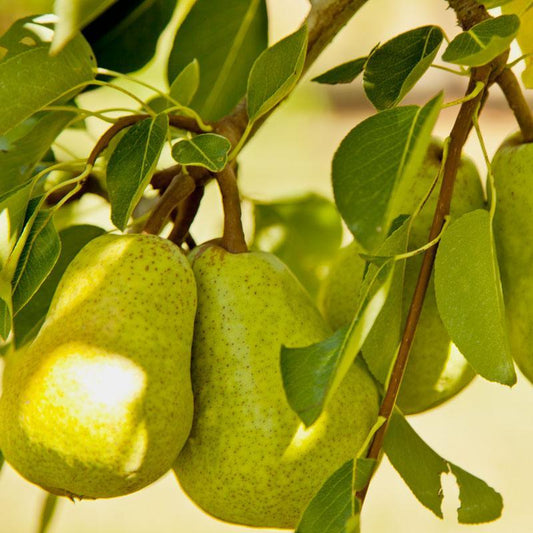


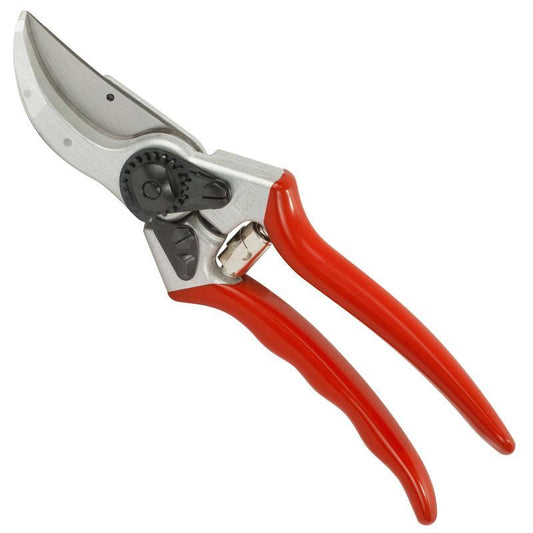
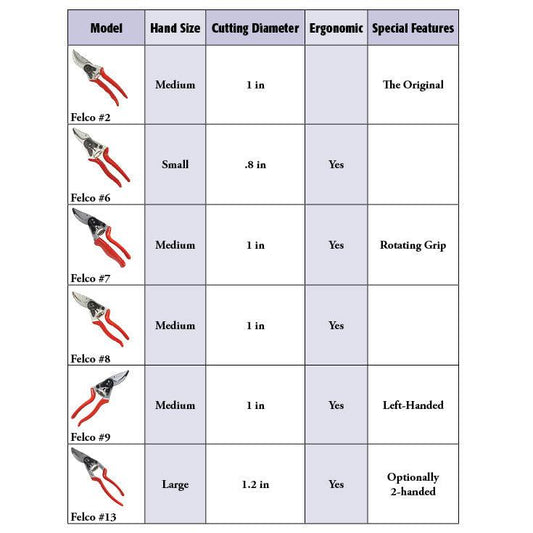
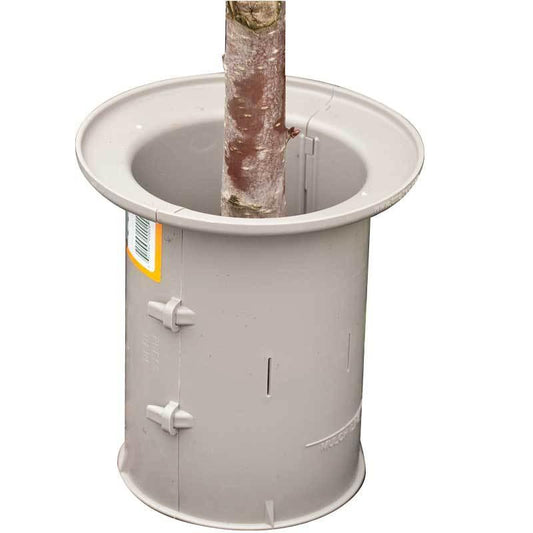
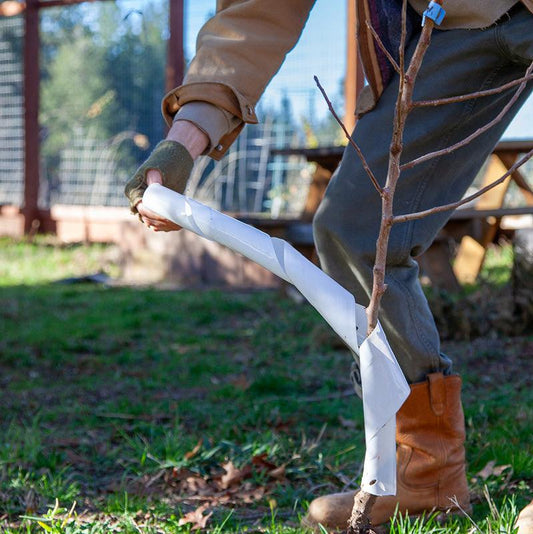

12 comments
I came across chill hours first about 18 months ago after our move from the snow belt to SC. I found no real official tally of the hours anywhere locally so started a spreadsheet to do so myself. I used the ‘anything under 45’ calculation because we don’t go below freezing very often. Last year was fine – I came up with 850 hours which was fine for most of my trees. This year I have seen some limitations with straight hours. We had cold at the end of November, then record warmth in December before returning to a cold January. Consequently I restarted the calculation in January. Some of my low chill trees thought Dec warmth was spring so started flowering – not many flowers but still some. In January alone I have tallied over 300 hours. However, the trees don’t use a spreadsheet and I think the number of chill days might need to be a part of the calculation but haven’t seen that anywhere.
Kate
Terry, I would bring the tree in before it gets below freezing. I would leave it inside until you are ready to move it out in the spring. I would not move it in and out in the spring, just wait until your temps are above freezing.
Hi, So I have a Black Mission Fig tree and live in zone 6b what if I let it outside in it’s container until it got down to the lowest temperature allowed before killing it. Then brought it indoors dormant and place in a sunny window until spring? Then acclimate it to the outdoors once danger of frost is over or move it daily?
Sharon, chill is usually reported in hours and not weeks. There are charts available online or through your local ag extension that will get you approximate chill hours for your area.
How does “weeks” of chill translate into hours of chill? I am trying to figure out my bulb requirement of 12 weeks. In my area, I get about 6 hours per day at night during the winter. Daytime temps are usually in the 50”s and 60”s. I average about a 1000 hours of chill a year. Love to hear from you all.